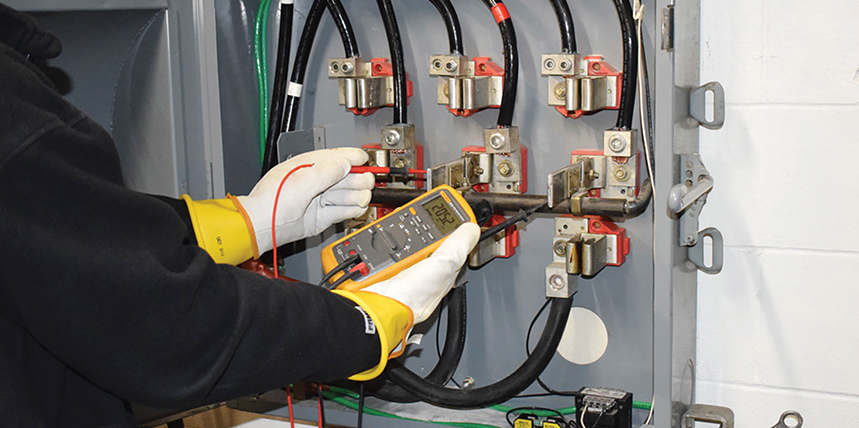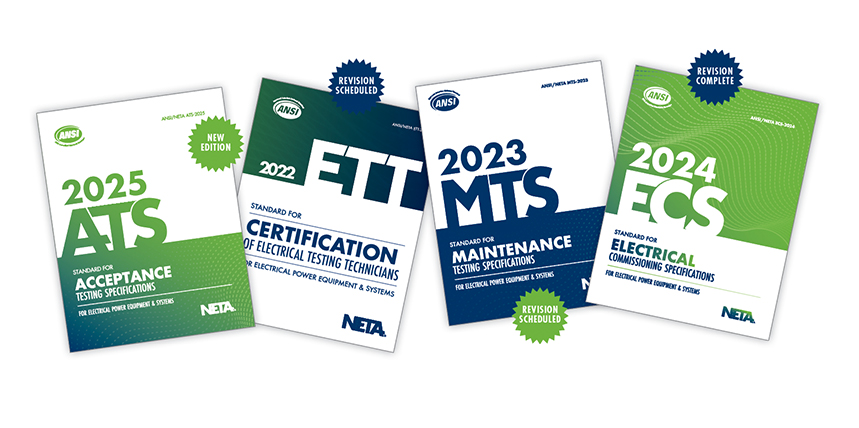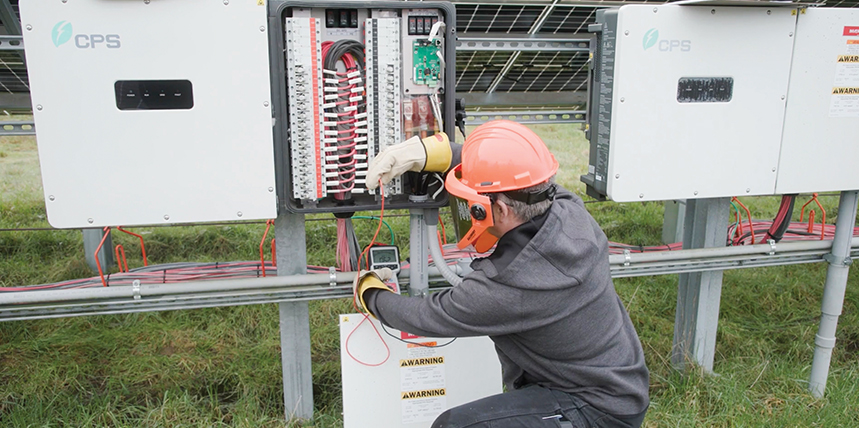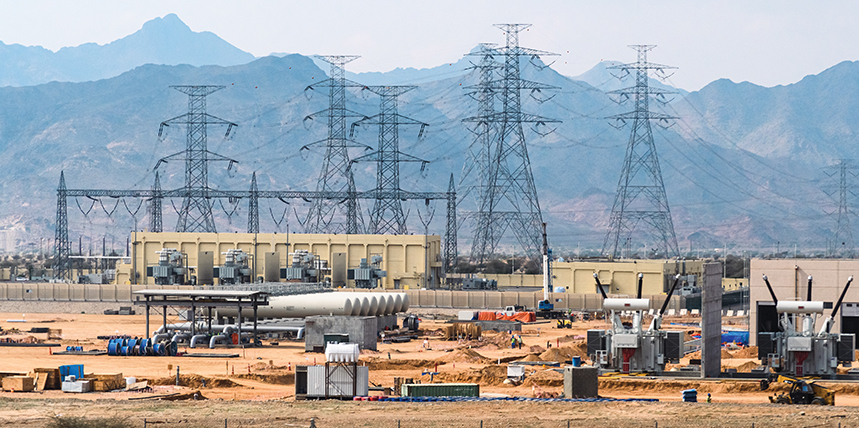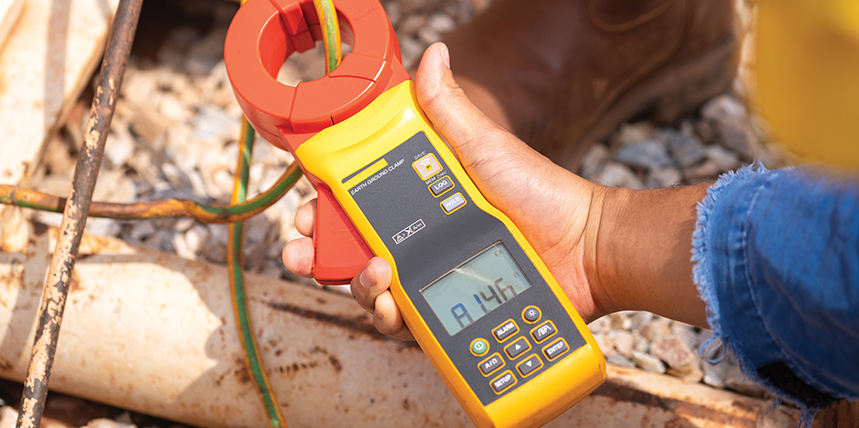THE PREMIER ELECTRICAL POWER SAFETY AND RELIABILITY TRAINING EVENT OF THE YEAR! “The comradery, the mutual respect, and the collective mindset of the Power Professionals at PowerTest is what sets it apart.” Harnessing Power Potential, the theme of this year’s PowerTest Conference, inspired the opening message. The 1,100 PowerTest25 attendees were acknowledged for their dedication to advancing themselves and their …
Seven Companies Become the First Qualified Electrical Equipment Maintenance Companies Recognized by NETA
NETA launched the Qualified Electrical Equipment Maintenance Company (QEMC) program in 2024 and is pleased to welcome seven newly qualified companies and their 43 Qualified Electrical Equipment Maintenance Workers (QEMWs). Congratulations, NETA QEMCs! Blackmon Power Fleming Controls & Power Specialties Industrial High Voltage Jesse Stutts, Inc. Piquette & Howard Electric Recore Electric Sabino Electric, Inc. NETA’s recognition of these seven …
Member and Member/Alliance Partner Meetings
Nearly 200 NETA Accredited Company representatives, Alliance Partners, and Corporate Alliance participants gathered on Monday, March 10, 2025, for NETA’s 2025 Annual Member and Alliance Meetings. The annual meetings are held the day before PowerTest and are the traditional kickoff to the conference. NETA MEMBER MEETING This gathering of representatives and technicians from NETA Accredited Companies brought reports from all …
ANSI/NETA Standards Update
ANSI/NETA ATS–2025 NEW RELEASE AVAILABLE IN THE NETA BOOKSTORE The revision for the ANSI/NETA ATS, Standard for Acceptance Testing Specifications for Electrical Power Equipment & Systems, 2025 Edition, has been approved by ANSI effective February 20, 2025. ANSI/NETA ATS covers suggested field tests and inspections for assessing the suitability for initial energization of electrical power equipment and systems. The purpose …
Advancements in Industry: How to Be a NERC- Compliant Service Company
Most utilities in the United States are required to comply with North American Electric Reliability Corporation (NERC) regulations. Some of these regulations require utilities to develop performance-based, condition-based, or time-based maintenance programs, and the execution of these programs is what opens a window of opportunity for testing companies to offer services oriented to help utilities achieve their maintenance testing needs. …
Partner Spotlight — Utility Relay Company: 30 Years of Exceptional Products and Services
NETA Corporate Alliance Partners (CAPs) are industry-leading companies that have joined forces with NETA to work together toward a common aim: improving quality, safety, and electrical system reliability. In this ongoing NETA World series, we focus on the thought leadership behind these successful companies. This issue’s CAP Spotlight features an interview with Brian Bianchi, Director of Sales and Marketing at …
Insulation Resistance Testing for Solar PV Cables
Megohm or insulation resistance tests validate the insulating properties of electrical conductors. A conductor with good insulation will have high insulation resistance — often measured in giga-ohms (GΩ). A conductor with bad insulation will have lower insulation resistance, which can create a pathway for excessive leakage current. No insulation is perfect, but the goal of the test is to quantify …
Implementing Substation Automation Systems in the Middle East
Substations play a crucial role in the power system. Acting as the backbone of the grid, they are responsible for essential tasks including monitoring, controlling, and protecting power flow.[1] Over the years, the electrical industry has continuously worked to enhance and improve substation technologies, leading to the development of digital substations that integrate advanced communication and automation systems. These innovations …
Comparing Clamp-On and Traditional Ground Testers
Everyone has heard stale jokes about not reading instructions until it becomes a last resort. With many electrical test instruments, experience or general familiarity can at least get you started. But with ground testing, taking the new instrument out of the box and trying to figure out how to run the test will get you nowhere. There is nothing intuitive …
NFPA 70E
Working on or around electrical equipment can expose workers to significant hazards. NFPA 70E,® Standard for Electrical Safety in the Workplace® is an electrical safety standard written specifically to keep workers safe from these hazards. As NETA Certified Technicians, it is critical that we understand the information within this standard and apply it to our work activities. Editor’s note: 70E® and Standard …



